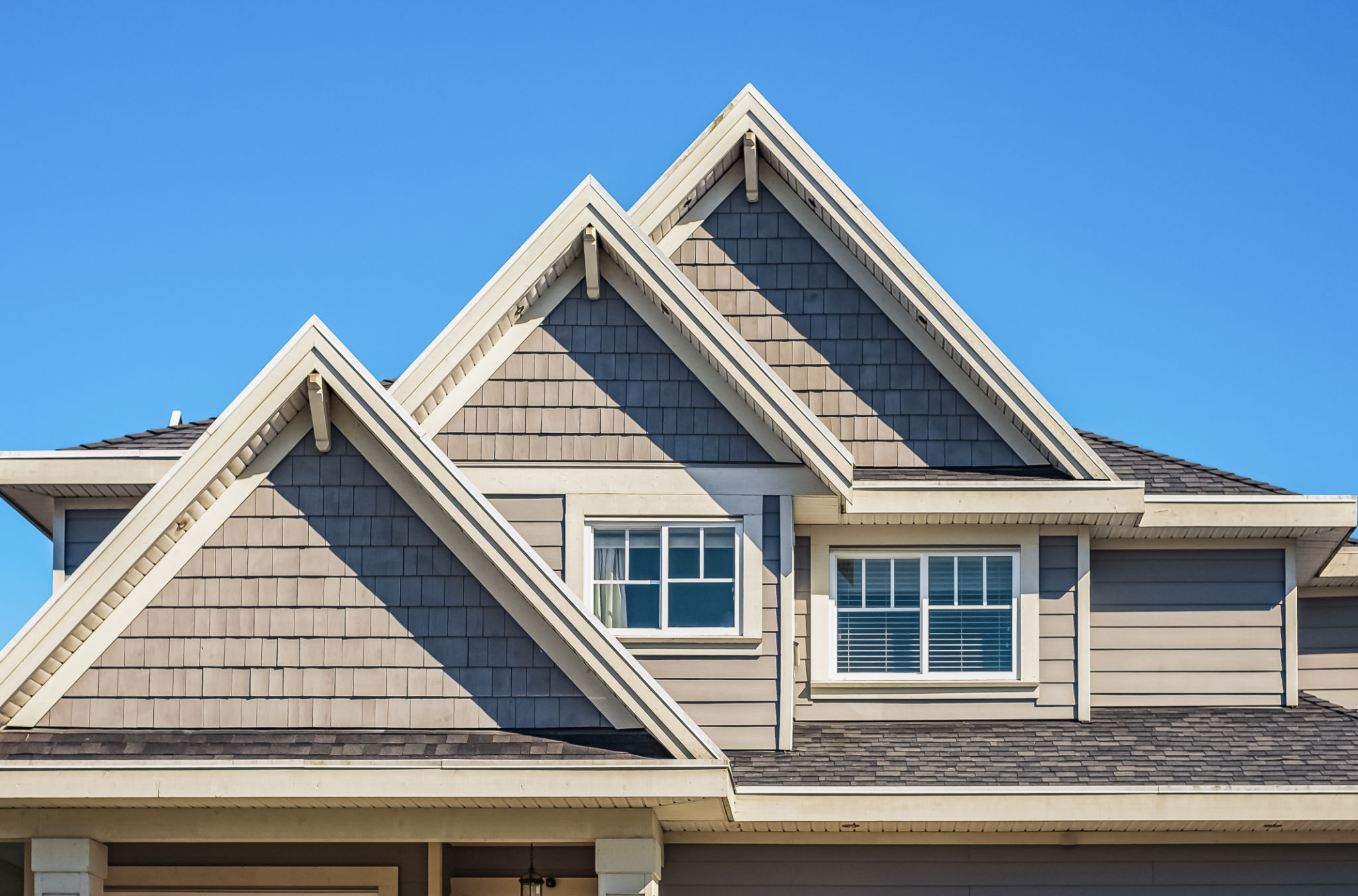Case Study: Successful Bio-Swale Projects in Walton County
Introduction to Bio-Swales
Bio-swales are innovative landscape elements designed to manage water runoff, reduce pollution, and enhance the natural beauty of an area. These engineered systems use vegetation and soil to filter and slow down stormwater, making them an essential part of sustainable urban development.
In Walton County, bio-swales have been successfully implemented to address environmental challenges while providing aesthetic and ecological benefits. This case study explores several projects within the county that have effectively utilized bio-swales to create resilient and attractive public spaces.

Project Overview: Community Park Revitalization
One of the standout bio-swale projects in Walton County took place in a popular community park. The goal was to transform an underutilized area prone to flooding into a thriving green space. By integrating bio-swales, the project significantly improved water management and enhanced the park's appeal.
The revitalization involved planting native grasses and shrubs, which not only helped absorb excess water but also attracted local wildlife. This transformation turned the park into a vibrant habitat, drawing both nature enthusiasts and families.
Benefits of the Park Project
The bio-swales in the community park have provided numerous benefits:
- Improved Water Quality: The vegetation in the bio-swales reduces pollutants in stormwater before it reaches local waterways.
- Increased Biodiversity: The introduction of native plants has created a habitat for various species, boosting local biodiversity.
- Community Engagement: The upgraded park has become a focal point for community activities and environmental education.

Residential Area Implementation
Another successful application of bio-swales occurred in a residential neighborhood facing frequent flooding issues. Homeowners collaborated with local authorities to install bio-swales along streets and driveways, effectively managing stormwater and protecting properties.
This project not only resolved the flooding problem but also increased property values by enhancing the neighborhood's curb appeal. Residents reported a noticeable improvement in their quality of life, with reduced water damage and more attractive surroundings.
Key Features of the Residential Project
The residential bio-swales were designed with several key features:
- Customized Designs: Each bio-swale was tailored to fit specific site conditions, ensuring maximum efficiency.
- Sustainable Materials: Locally sourced materials were used to construct the swales, minimizing environmental impact.
- Low Maintenance: The choice of hardy native plants reduced the need for regular upkeep, making the system cost-effective for homeowners.

Conclusion: Lessons Learned
The success of these bio-swale projects in Walton County highlights the importance of integrating green infrastructure into urban planning. By addressing both environmental and community needs, these projects demonstrate how sustainable solutions can create lasting positive impacts.
Future projects can draw valuable lessons from Walton County's experience. Effective collaboration between local authorities, residents, and environmental experts is crucial for successful implementation. Moreover, customizing designs to fit specific site conditions ensures optimal performance and sustainability.
In summary, Walton County's bio-swale projects serve as an inspiring model for other regions looking to enhance their resilience against climate change while beautifying public spaces. As more communities adopt similar strategies, the environmental and social benefits will continue to grow.